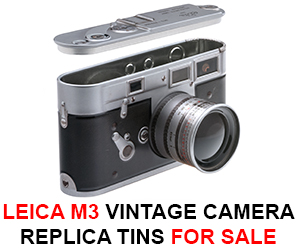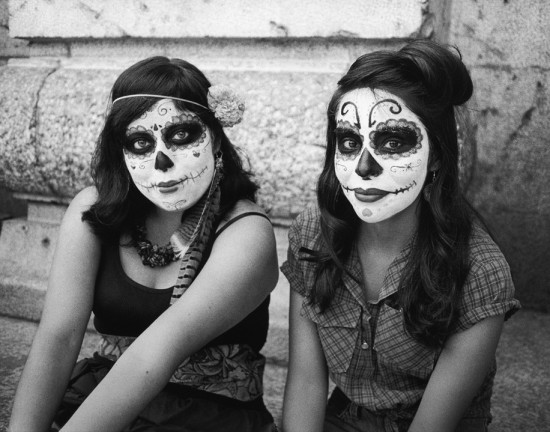
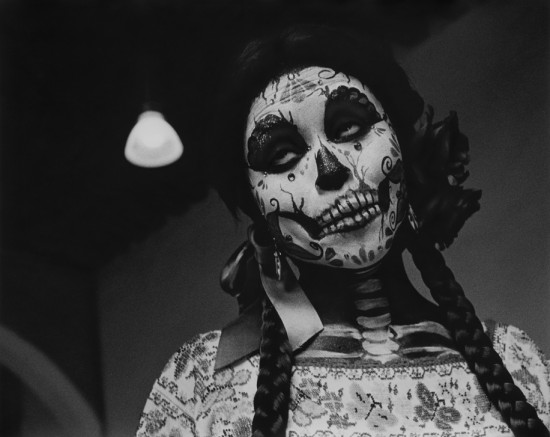
Xavier Cambre (www.xaviercambre.com) will share his experience shooting the Leica M6 in Mexico:
Notes on the Leica M6, film and digital photography
My chiaroscuro photographs oscillate between the real and the dreamlike, the documented and the desired, evoking the sense that the everyday is actually filled with more mystery than it seems. Sometimes brooding and somber, my photographs often return to themes and characters that I capture in a shadowy and ashen palette, trying to address mental explorations not without a hint of an existential absurdity. The magic of wet darkroom techniques, working with black and white film, silver coated paper and toning chemicals, gives a physical presence to the work that reinforces the mood of the images.
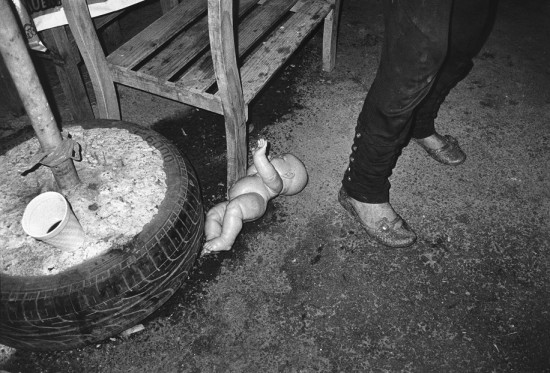

For the past 5 years I’ve shot with a Leica M6. In January of 2010, a week before a first trip to Mexico, I decided to buy a second hand Leica and many rolls of black and white film. I had not shot film in more than 10 years and mainly I had used photography as a means to document my sculptural installations and other artwork. In the weeks before that first trip to Mexico (I ended up traveling to that country three more times to photograph) I revisited the surreal films of Luis Buñuel and I had become increasingly intrigued by the first photo books by William Klein, Daido Moriyama and Eikoh Hosoe.
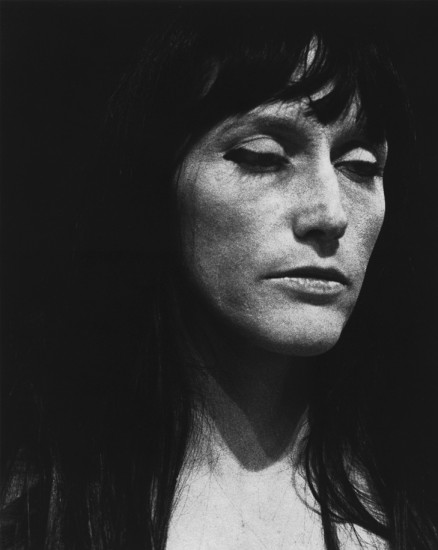

The M6 proved to be and incredible tool and specially a camera that was so easy and comfortable to use. I had used a first generation Canon 5D for many years and the differences between these two camera types are abysmal. I could have never shot with a DSLR the way I was shooting with the M6 during that first trip to Mexico. Many people have stated in forums that they acquire a Leica because the camera allows them to slow down and focus on essentials, helping them to think about photography while shooting. I actually love the M6 because I can never work so fast with any other camera and don’t have to think about it; you just use it as intuitively as blinking your eye. You can walk the streets with your typical focusing range (for me it is 7 feet with the 35mm Summicron), set the aperture and exposure according to the lighting conditions during that particular stretch of walk (the M6 has a light meter) and just walk until something unfolds in front of you. As stated many times by others, the M6 is so light that you can shoot from the hip with one hand if you need too. The amazing thing with the M6 is that you only need a couple of days of practice and you will get it right; its use is that intuitive. Learning what to shoot and how to edit the work takes longer, but how to use the Leica M6 doesn’t take long; that camera was designed the way a camera should be. Many Leica users agree in that the Leica M3 was the best camera ever built and this may be true, but I use (and I need) the light meter of the M6. A friend of mine who has been shooting with a M3 for 15 years, every time he sees my negatives he comments “ all your 36 exposures are on the money”. I just reply, “My Leica has a light meter”. Working with correctly exposed negatives makes it so easy for me to print my own photographs in a wet darkroom, and once you get to know your negatives you can print correctly and fast, not even bothering with doing test trips.
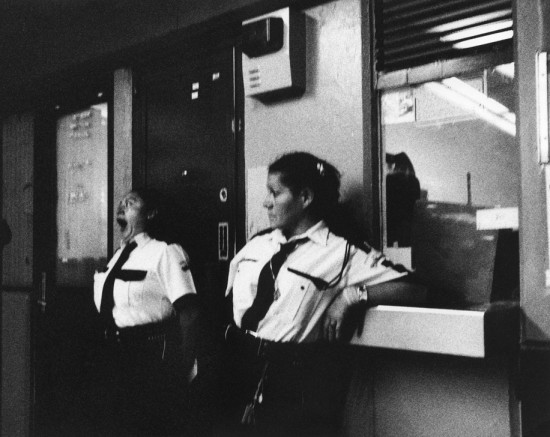

Although I many times shoot in the street, I don’t consider myself a street photographer. I have never been too crazy in “typical Leica street photography” (foreground, middle ground, background, diagonals, perspective, etc.). I like Cartier Bresson but I prefer William Klein. Composition is important but there are many types of composition and in art there are no rules. The only way to arrive at something new is to try to say something new. I am still trying; one never knows if one will get there. Great photographers knew once they got there. Getting back to the M6, in addition to taking the camera with me when I walk around, I also use the camera in the studio and I even sometimes use the camera with a tripod. Why not take advantage of that Leica glass? I typically use HP5 (I used to shoot with Neopan 400 but it went dead) but when I put the Leica M6 on a tripod in the studio I many times use Neopan Acros100. With the Leica glass in that set up you get a clean negative that will make people ask you if you shot with a medium format camera. When in the studio, or in a hotel room, if I am not looking for a “clean” negative and I want what Moriyama calls “nastiness” (which is frankly what I prefer) I pair the M6 with HP5, push it, or use Ilford 3200. You either love film grain or you don’t. I love it; it imparts the image with rawness and a visceral quality. Although it can be faked with software, the grain will never look as organic and natural as if you shoot with film.
A Leica M6 in good condition is as good as a new analog Leica MP, but you save several thousands of dollars. You can cover the red logo and the name with black tape and it will look like a MP or a M-P. Talking about the digital M-P…. Allow me to comment a little on film vs. digital and on a film Leica M vs. a digital Leica M…. I really appreciate that Leica has invested so much effort in making a digital camera that can fit the M lenses. These cameras look extremely similar to analog Leica M cameras and as far as digital cameras go, Leica has tried to design these digital cameras so a photographer can interact with them in a “similar” way as one uses a M6 or a M7 or a film MP. The reality of the matter is that although these digital cameras look like film Leica M’s, film photography and digital photography are basically two different mediums in terms of process (starting with the fact that a digital Leica M has to be turned ON -and it goes off- whereas a film Leica M is always ready). I am not saying that one is better than the other; that is subjective and the choice depends in a multiplicity of factors raging from personal aesthetics, economics, time, etc. Film photography as an available working medium will probably “die” at some moment in the future; no one can’t argue that it is already dying. Economics is an important factor and also, time is money. When will film photography be a capricious working medium of the past? In 10 or 20 years, in 30 years? When I travelled to Brazil two years ago, I was shocked that the only film rolls I could get in Rio or Sao Paulo were Tri-X and that they were priced at 10 bucks. In Mexico, Peru and Turkey although not as expensive, film rolls were quite expensive. In Germany and in the US, you can still buy film rolls at affordable prices, although every time I go to the store their price seems to go up exponentially. I have the privilege to have access to a wet darkroom. I can develop and print my own silver prints. I save money that way. But most photographers don’t have access to a wet darkroom and not everybody can pay an assistant or a laboratory on a regular basis. Digital photography has become a very popular and profitable medium. Everybody shoots digital, from photographers to children to grandparents. Most digital photographs are seen on the computer screen (or on the phone). It has, in many aspects, especially those related to economics and time, a lot of advantages over analog photography. In the final product, thanks to advances in digital printers, a professionally pigment print behind glass might look as good as a professional silver print.

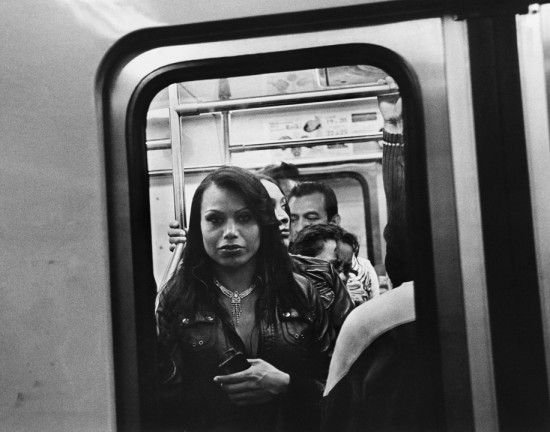
If you analyze the meaning of the word “photograph” (a graphic image created thru a direct process involving light) a digital pigment print has more in common with an engraving or a woodcut than with a silver print. A gelatin silver negative has more in common with a digital file created in a digital sensor, as both are created thru a direct exposure to light, but a pigment print is a graphic image that gets created by applying pigment inks on a paper. One could argue that a pigment print is not really a photograph in the physical sense, in the same manner that a silver print is a photograph (light passes thru the negative in the enlarger, exposing different sections of the silver coated paper with diverse luminosities, therefore affecting the silver in different degrees which then react accordingly when in contact with the chemical developer). But thus this purity in process and semantics really matters? Again, it is a personal choice. A friend once told me that that there is no poetry in watching how a digital printer applies the pigment to create a digital print. Everyone that has worked in a wet darkroom knows how magical it is… Opening the tank and seeing your negatives…Later, when printing, looking at the negative being projected onto the paper and then observing how the image slowly appears in the developing bath. It never stops to thrill after many years.
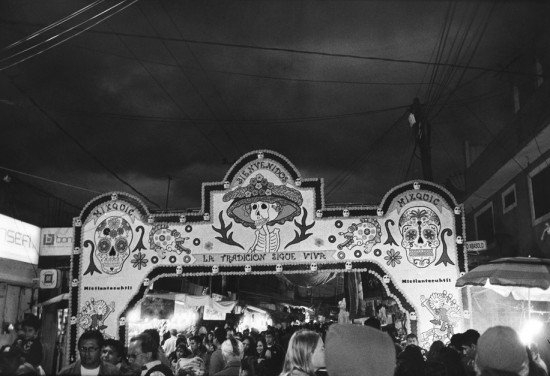
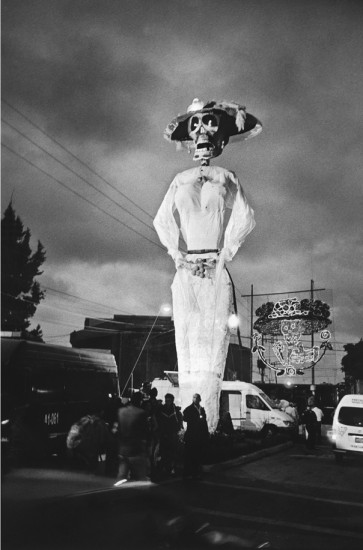
A couple of years ago I saw an exhibition of Anders Petersen (as far as I know he still shoots film, unlike Moriyama who has been shooting digital a lot in the last years). The prints were large and they were just casually pinned to the wall. I frankly couldn’t tell if they were silver prints or digital prints. When nobody was looking, I touched them and I realized they were digital prints. I asked in the front desk of the gallery and they told me that the prints were done from digital scans of his negatives. The prints were gorgeous. So, if the final print can look this good, one can decide if the process makes a difference. In the end, all is photography; what matters is the power of the image, the enjoyment of photographing and what goes on around, before and after the moment when you press the shutter.
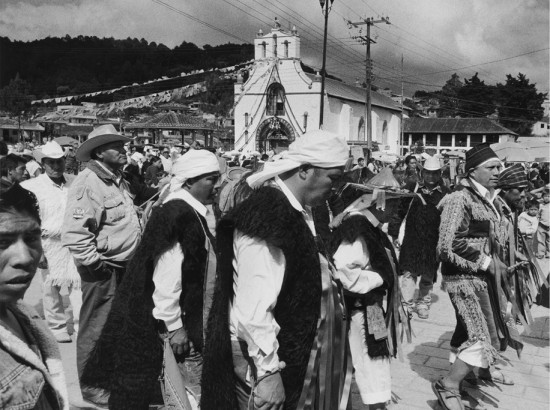
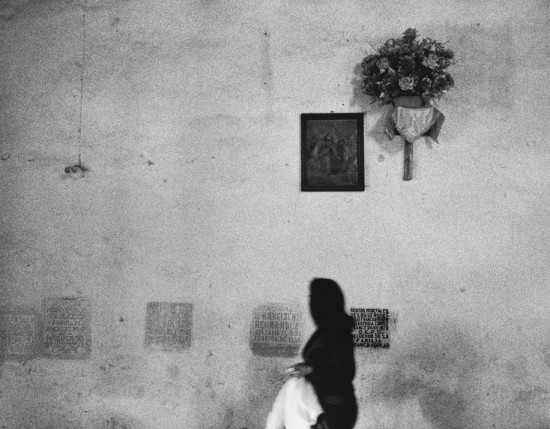
If you have an interesting idea for a guest post, you can contact me here.















